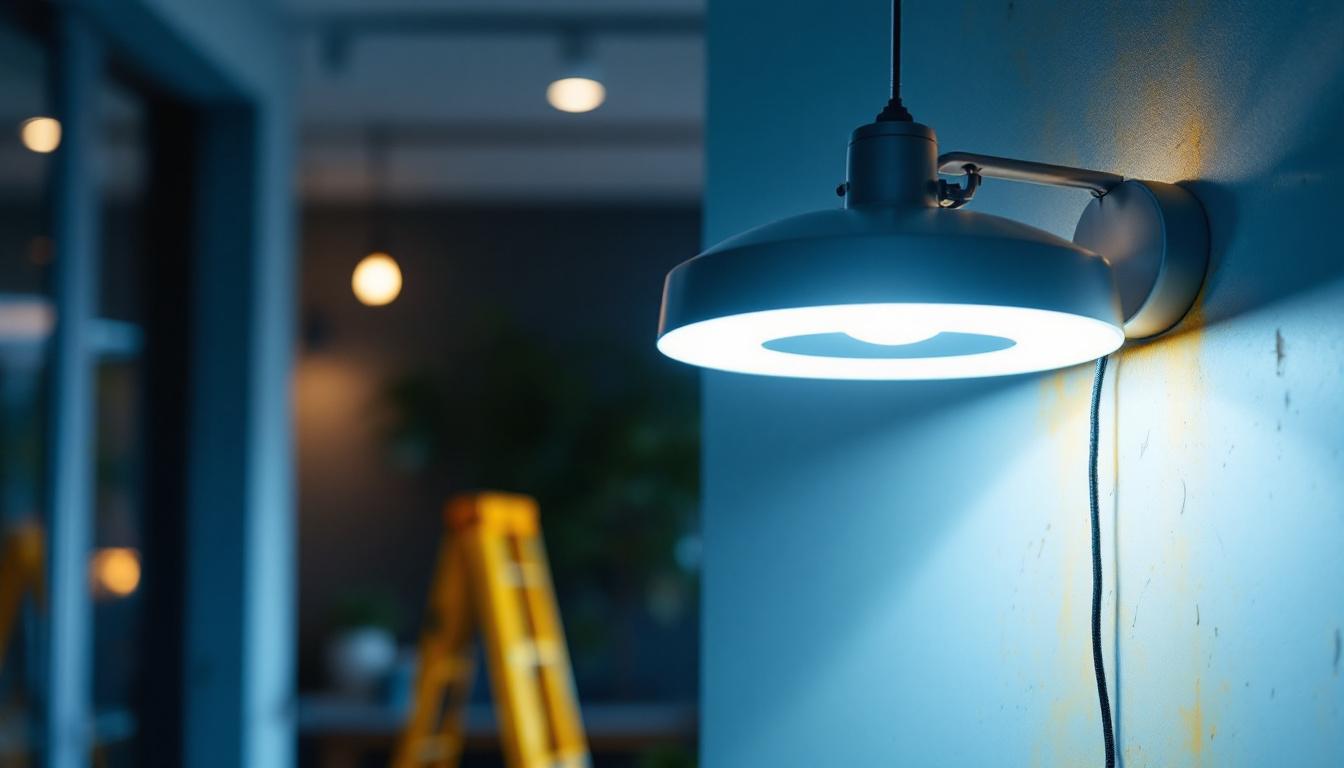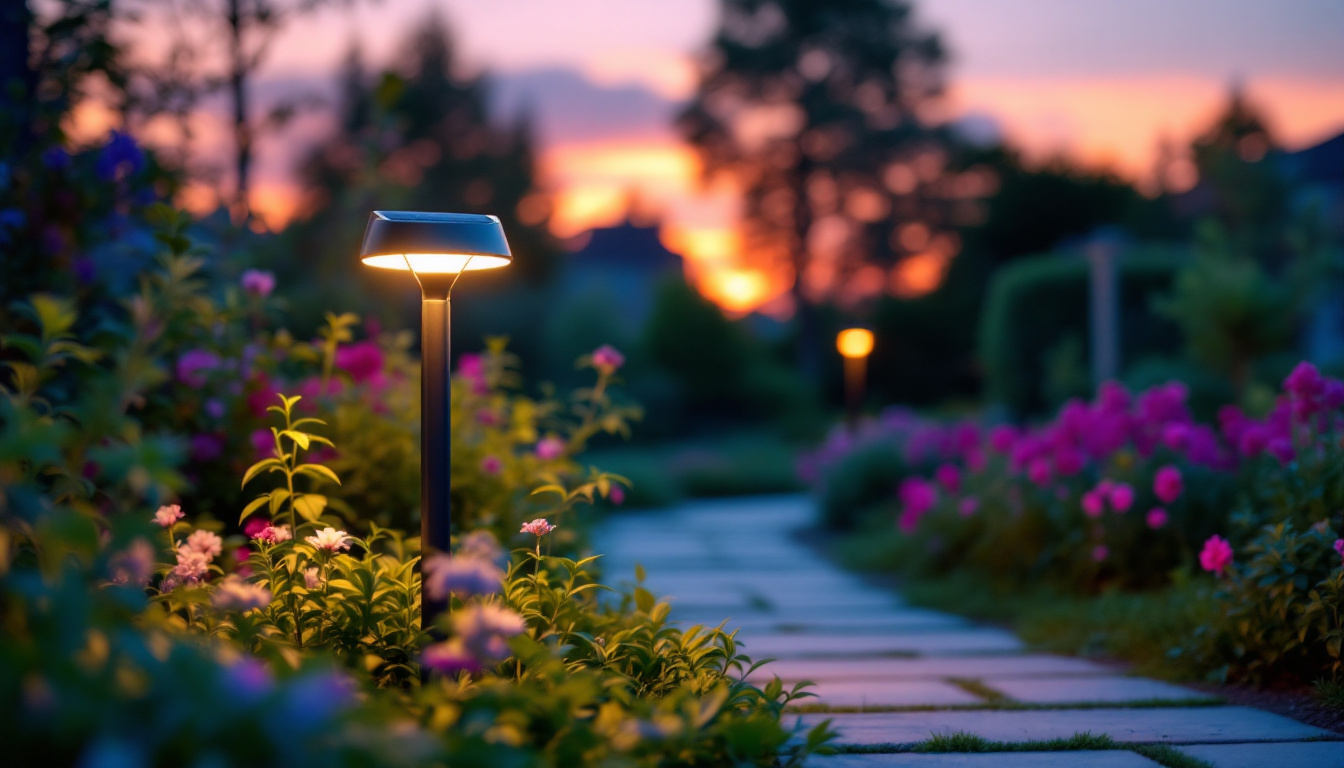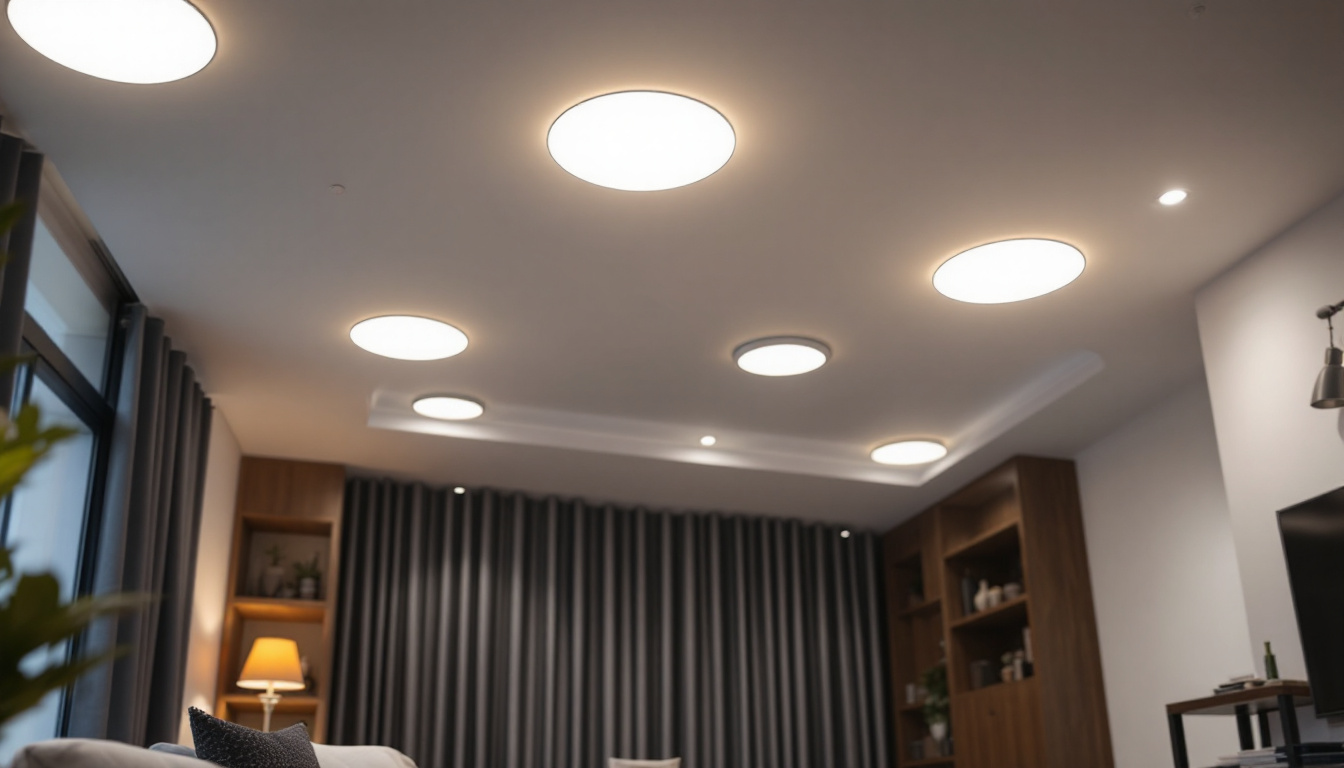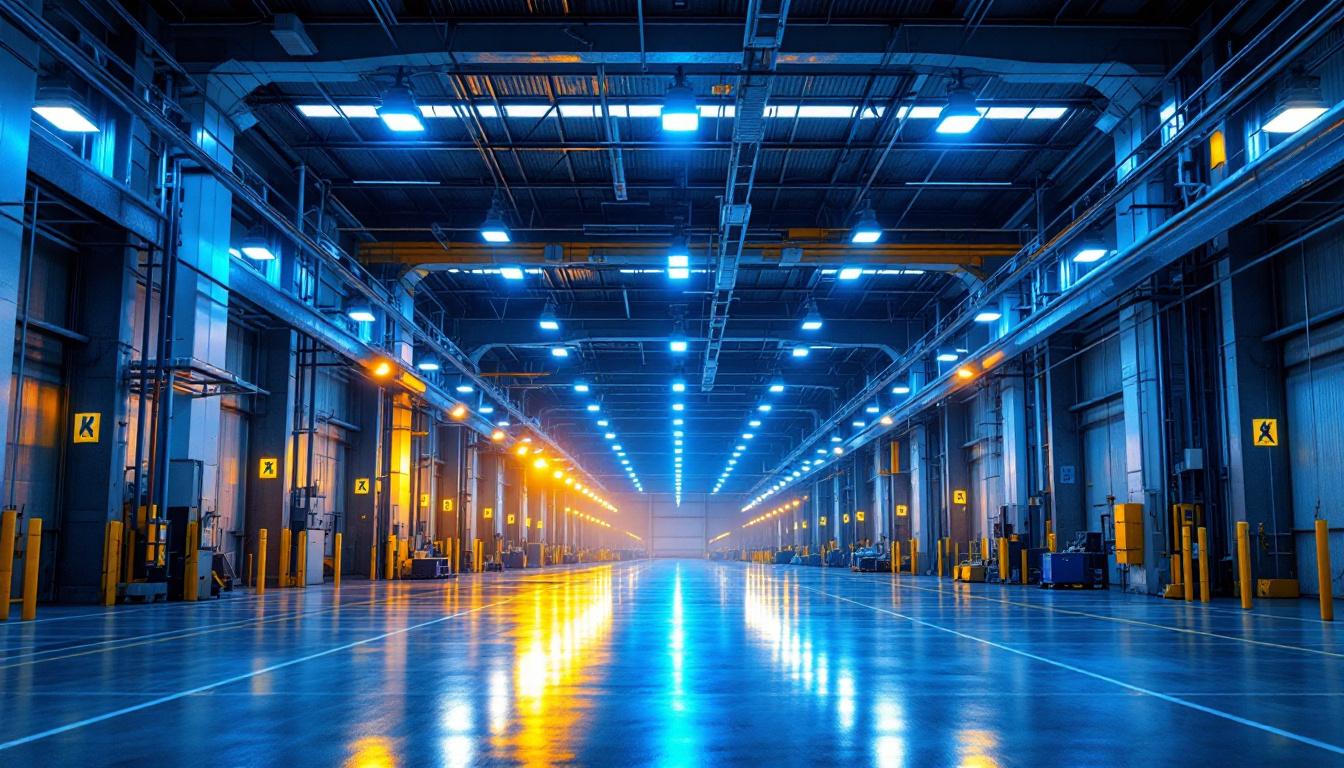
In the ever-evolving world of lighting technology, LED fixtures have emerged as a popular choice among contractors and clients alike. The 48-inch LED light fixture, in particular, has gained traction for its versatility and efficiency. Understanding the nuances of these fixtures is essential for any lighting contractor aiming to provide the best solutions for their clients. This article delves into the critical aspects of 48-inch LED light fixtures, offering insights into their benefits, installation considerations, and maintenance practices.
LEDs, or Light Emitting Diodes, represent a significant advancement in lighting technology. Unlike traditional incandescent or fluorescent bulbs, LEDs convert electrical energy directly into light, resulting in higher efficiency and lower energy consumption. This fundamental difference allows LEDs to produce more lumens per watt, making them an ideal choice for various applications. Additionally, the color temperature of LEDs can be easily adjusted, providing flexibility in creating the desired ambiance in different settings, from warm, inviting tones in homes to bright, crisp lighting in workspaces.
Moreover, LEDs have a longer lifespan compared to conventional lighting options. While incandescent bulbs may last around 1,000 hours, LEDs can operate for 25,000 hours or more. This longevity not only reduces replacement costs but also minimizes waste, making LEDs a more environmentally friendly option. Furthermore, the reduced frequency of replacements contributes to lower maintenance costs, particularly in commercial settings where lighting fixtures are often hard to reach. The combination of efficiency and durability makes LEDs an attractive solution for both residential and commercial lighting needs.
The 48-inch LED light fixture is particularly favored in commercial and industrial settings due to its size and performance. These fixtures provide ample illumination for large areas, such as warehouses, retail spaces, and offices. Here are some key benefits:
Additionally, the versatility of 48-inch LED fixtures allows for easy integration into existing lighting systems. They can be installed as direct replacements for older fixtures, making upgrades straightforward and cost-effective. The ability to choose from various color temperatures and brightness levels further enhances their adaptability, catering to the specific needs of different spaces. Whether illuminating a bustling retail floor or providing task lighting in a manufacturing plant, these fixtures deliver consistent and high-quality light that meets diverse requirements.
Before installation, careful planning is crucial. Lighting contractors need to assess the space and determine the optimal placement of 48-inch LED fixtures. Factors such as ceiling height, room dimensions, and the intended use of the space should guide the layout design.
For instance, in a warehouse setting, fixtures should be positioned to minimize shadows and provide uniform light distribution. In contrast, in an office environment, fixtures may be arranged to reduce glare on computer screens while ensuring adequate illumination for work areas.
When installing 48-inch LED fixtures, it is essential to consider the electrical requirements. Most LED fixtures operate on standard voltage, but it is crucial to verify compatibility with existing wiring systems. Additionally, contractors should ensure that circuit breakers and wiring can handle the load of the new fixtures.
In some cases, retrofitting existing fluorescent fixtures with LED tubes may be an option. However, this process requires careful attention to the ballast and wiring to ensure safety and compliance with electrical codes.
48-inch LED fixtures come with various mounting options, including surface mount, suspended mount, and recessed mount. The choice of mounting method will depend on the specific application and aesthetic preferences of the client.
Surface-mounted fixtures are ideal for spaces with low ceilings, while suspended fixtures work well in areas with higher ceilings, allowing for better light distribution. Recessed fixtures offer a sleek, modern look and are often used in office spaces to maintain a clean ceiling line.
To ensure optimal performance and longevity of 48-inch LED fixtures, regular inspections are essential. Lighting contractors should recommend routine checks to assess the condition of the fixtures, including the integrity of the housing, lenses, and electrical connections.
During inspections, it is also important to clean the fixtures to remove dust and debris that can accumulate over time. This buildup can hinder light output and reduce the overall efficiency of the fixtures.
Although LEDs have a long lifespan, they may eventually require replacement. Lighting contractors should educate clients on the signs that indicate it may be time to replace their fixtures, such as flickering lights or diminished brightness.
Additionally, as technology continues to advance, newer LED fixtures may offer enhanced features such as smart controls or improved energy efficiency. Contractors should stay informed about the latest developments in LED technology to provide clients with the best options available.
While the upfront cost of 48-inch LED fixtures may be higher than traditional lighting options, the long-term savings can be substantial. Lighting contractors should help clients understand the return on investment (ROI) associated with switching to LED technology.
Factors to consider include energy savings, reduced maintenance costs, and the extended lifespan of LED fixtures. Over time, these savings can offset the initial investment, making LEDs a financially sound choice for both residential and commercial applications.
Many utility companies and government programs offer incentives and rebates for businesses that upgrade to energy-efficient lighting. Lighting contractors should be knowledgeable about these programs and assist clients in navigating the application process to maximize savings.
By leveraging available incentives, clients can further reduce the overall cost of transitioning to 48-inch LED fixtures, making it an even more attractive option.
While functionality is critical, the aesthetic appeal of lighting fixtures should not be overlooked. The design of 48-inch LED fixtures can significantly impact the overall look and feel of a space. Lighting contractors should work closely with clients to choose fixtures that complement the interior design.
Modern LED fixtures come in various styles, finishes, and colors, allowing for customization to suit different environments. Whether it’s a sleek, minimalist design for a contemporary office or a more traditional look for a retail space, there are options available to meet diverse aesthetic preferences.
The color temperature of LED fixtures plays a crucial role in setting the mood of a space. Ranging from warm white to cool daylight, the choice of color temperature can influence productivity, comfort, and ambiance. Lighting contractors should educate clients about the implications of different color temperatures and help them select the right option for their specific needs.
Moreover, the quality of light produced by LED fixtures is essential. High-quality LEDs provide better color rendering, ensuring that colors appear true and vibrant. This aspect is particularly important in retail environments where accurate color representation is vital.
The rise of smart technology is transforming the lighting industry. Smart LED fixtures offer features such as remote control, scheduling, and integration with home automation systems. Lighting contractors should stay abreast of these developments and consider incorporating smart lighting solutions into their offerings.
Clients increasingly seek energy-efficient solutions that can be controlled and customized to their preferences. By providing smart LED options, contractors can enhance their service offerings and meet the evolving demands of the market.
As sustainability becomes a priority for many businesses, the demand for environmentally friendly lighting solutions continues to grow. LED technology is inherently more sustainable due to its energy efficiency and reduced waste. However, contractors should also consider the lifecycle of the products they offer, including recyclability and sourcing of materials.
By promoting sustainable practices and products, lighting contractors can appeal to environmentally conscious clients and contribute positively to the industry’s overall impact on the environment.
In conclusion, understanding the intricacies of 48-inch LED light fixtures is essential for lighting contractors aiming to provide the best solutions for their clients. From the benefits of energy efficiency and durability to installation considerations and maintenance practices, every aspect plays a crucial role in the successful implementation of LED technology.
As the industry continues to evolve, staying informed about the latest trends and advancements will empower contractors to make informed decisions and deliver exceptional service. By embracing the opportunities presented by LED technology, lighting contractors can enhance their offerings and contribute to a more sustainable future in the lighting industry.
Ready to elevate your lighting game with the 48-inch LED fixtures that promise efficiency, durability, and style? Look no further than LumenWholesale for all your lighting needs. We provide contractors with high-quality, specification-grade lighting products at prices that can’t be beaten. Say goodbye to local distributor markups and hello to our extensive selection that meets the highest industry standards. Plus, with free shipping on bulk orders, you can stock up on premium lighting without worrying about hidden fees. Don’t compromise on quality or value—choose LumenWholesale for the perfect blend of affordability and convenience. Wholesale Lighting at the Best Value is just a click away.

Explore the transformative impact of solar-powered LED lights on the lighting industry, highlighting advancements in technology, sustainability benefits, and future trends shaping eco-friendly illumination solutions..

Discover the essentials of 6-inch LED recessed lights in this comprehensive guide tailored for lighting contractors.

Discover how LED highbay lights can revolutionize your lighting projects by ensuring energy efficiency, cost savings, and long-term sustainability.

Discover how partnering with lighting contractors can illuminate new opportunities for your business.